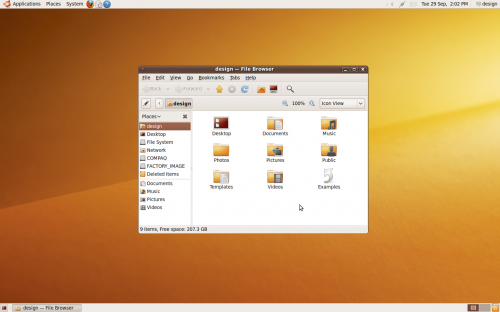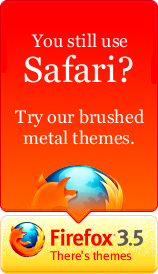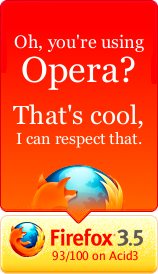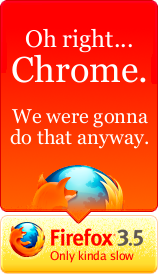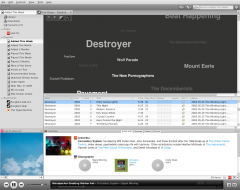 After watching a demo video of the litl webbook; watching with envy the face recognition features of iPhoto and Picasa; and using Polar Rose, Photo Finder from Face.com, and Cooliris — I realized just how much potential there is for a fully-integrated photo browsing application. Either web- or desktop-based, photos could be pulled from your Flickr/Facebook/MySpace/etc. feeds, as well as those of your friends/family/contacts; existing tags would also be imported, and face recognition applied; and they would all be presented to you in a pure browsing interface, where the sources of these photos are hidden, and you are free to scan through them as part of one big collection.
After watching a demo video of the litl webbook; watching with envy the face recognition features of iPhoto and Picasa; and using Polar Rose, Photo Finder from Face.com, and Cooliris — I realized just how much potential there is for a fully-integrated photo browsing application. Either web- or desktop-based, photos could be pulled from your Flickr/Facebook/MySpace/etc. feeds, as well as those of your friends/family/contacts; existing tags would also be imported, and face recognition applied; and they would all be presented to you in a pure browsing interface, where the sources of these photos are hidden, and you are free to scan through them as part of one big collection.
I tried Flock again — for the tenth time in five years, it seems — thinking that it probably includes something like this. But bafflingly, it doesn’t. The “Media Bar” has a nice scrolling film strip of photos and videos, but only presents a single feed at a time. Not to mention, of course, that it doesn’t recognize any tags or faces
The social activity aggregators that I have seen are too all-encompassing, pulling in blog posts and statuses on top of photos, most often presenting those photos only as tiny thumbnails until they’re clicked. The guy in that litl video is right when he says that “We’re at the time where there’s the smallest percentage of photos seen to photos taken, because everyone takes photos but they just kind of end up on their computer, never to be seen again.” I guess truthfully I just kind of want to run litl OS in a VirtualBox.
Anybody know of a way to do something like this?
